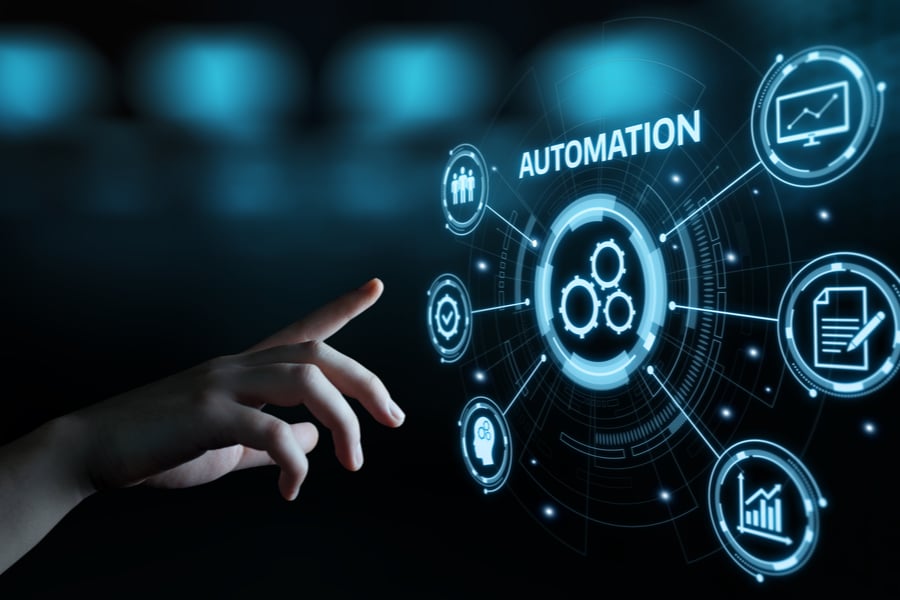The industrial workforce has been changing with the growth of manufacturing automation. Robotics is becoming increasingly common in an assembly line, and this technology is changing the way that jobs are done. There are several ways that automation affects workers: it can lead to the loss of employment, enable workers to widen their skillsets, and require retraining.
The Birth of New Jobs
One of the most obvious effects of automation is the loss of employment. When tasks can be completed by a machine, there is no need for a human worker. This leads to job losses, as companies replace human employees with machines. For example, in the early 1900s, the automobile industry began to use assembly lines. This led to a decrease in the number of workers needed to produce a car. At first, these job losses caused an uproar, as workers were concerned about their livelihoods. However, new jobs were created as a result of the growth of automation. So, while some jobs are lost with the growth of automation, others are created. This leads to a net gain in employment.
In the manufacturing industry, when a task in the assembly line is automated, a worker can take on more complex tasks that require human characteristics, such as creativity and critical thinking. For example, when a machine is used to apply adhesive tape to a product, the worker can then move on to tasks that require more creativity, such as design. This is because machines are good at completing repetitive tasks, but they are not good at completing tasks that require advanced mechanics, the human eye for detail, and personal judgment.
This trend can be seen in other industries as well. For instance, in the early days of the internet, many jobs were lost as companies moved their operations online. However, new jobs were created in fields such as website design and marketing. So, while automation leads to some job losses, it also leads to the creation of new jobs.

The Streamlining of Jobs
Another effect of automation is that it streamlines jobs. When tasks are done by a machine, there is no need for workers to be skilled in those tasks. For example, when ATMs were first introduced, they replaced bank tellers. This led to a decrease in the need for workers who were skilled in dealing with money. As a result, these workers were able to widen their skillsets and knowledge. They could now do other tasks that were previously unavailable to them. This shows that automation can lead to the growth of new jobs.
With the corresponding education, these workers can grow and expand their careers, as opposed to staying in a single trajectory. In a study by McKinsey on automation and the workforce, it is said that the manufacturing industry is shifting towards better analytics and more human-machine collaboration, which is a sign of how production-based jobs should transform.
Retraining is Crucial
The final way that automation affects workers is by requiring retraining. As machines take on more complex tasks, workers need to be trained in how to use them. For example, when computers were first introduced into the workplace, workers needed to be trained in how to use them. This led to a rise in the need for retraining programs. As automation becomes more common, retraining will become an increasingly important part of the industrial workforce.
So, while manufacturing automation can lead to the loss of employment and the streamlining of jobs, it also leads to the growth of new jobs and the need for retraining. These effects are changing the industrial workforce and will continue to do so in the future.
With Techman Robot’s automation solutions, you can start automating your factory to enjoy the advantages of efficient, cost-effective, and safe manufacturing operations. Contact us today on how to get started.

